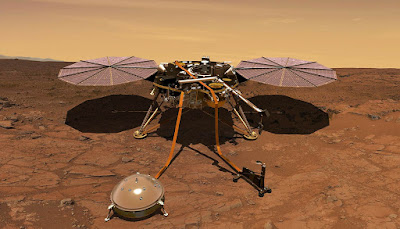DID ENORMOUS VOLCANOES LEAD TO OCEANS ON MARS?
A brand-new concept of how seas on Mars came and went over the last 4 billion years recommends they formed several hundred million years previously and weren't as deep as once thought.
keuntungan yang di dapatkan di judi bola
The proposition links the presence of seas very early in Mars' background to the rise of the solar system's biggest volcanic system, Tharsis, and highlights global warming's key role in enabling fluid sprinkle to exist on the red planet.
"Volcanoes may be essential in producing the problems for Mars to be damp," says Michael Manga, teacher of planet and worldly scientific research at the College of California, Berkeley, and elderly writer of a paper in Nature.The very early sea known as Arabia (left, blue) would certainly have looked such as this when it formed 4 billion years back on Mars, while the Deuteronilus sea, about 3.6 billion years of ages, had a smaller sized coastline. Both coexisted with the huge volcanic district Tharsis, located on the unseen side of the planet, which may have assisted support the presence of fluid sprinkle. The sprinkle is currently gone, perhaps icy below ground and partly shed to space, while the old seabed is known as the north plains. (Credit: Robert Citron/UC Berkeley)
Concepts declaring that Mars never ever had seas of fluid sprinkle often indicate that estimates of the dimension of the seas do not jibe with estimates of how a lot sprinkle could be hidden today as permafrost below ground and how a lot could have escaped right into space. These are the main options, considered that the polar ice caps do not include enough sprinkle to fill an sea.
The new model suggests that the seas formed before or at the same time as Mars' biggest volcanic feature, Tharsis, rather than after the volcanic system formed 3.7 billion years back.
Because Tharsis was smaller sized during that time, it didn't distort the planet as long as it did later on, particularly the plains that cover most of the north hemisphere and are the presumed old seabed.
The lack of crustal contortion from Tharsis means the seas would certainly have been shallower, holding about fifty percent the sprinkle of previously estimates.
"The presumption was that Tharsis formed quickly and very early, instead compared to slowly, which the seas came later on," Manga says. "We're saying that the seas predate and go along with the lava outpourings that made Tharsis."



